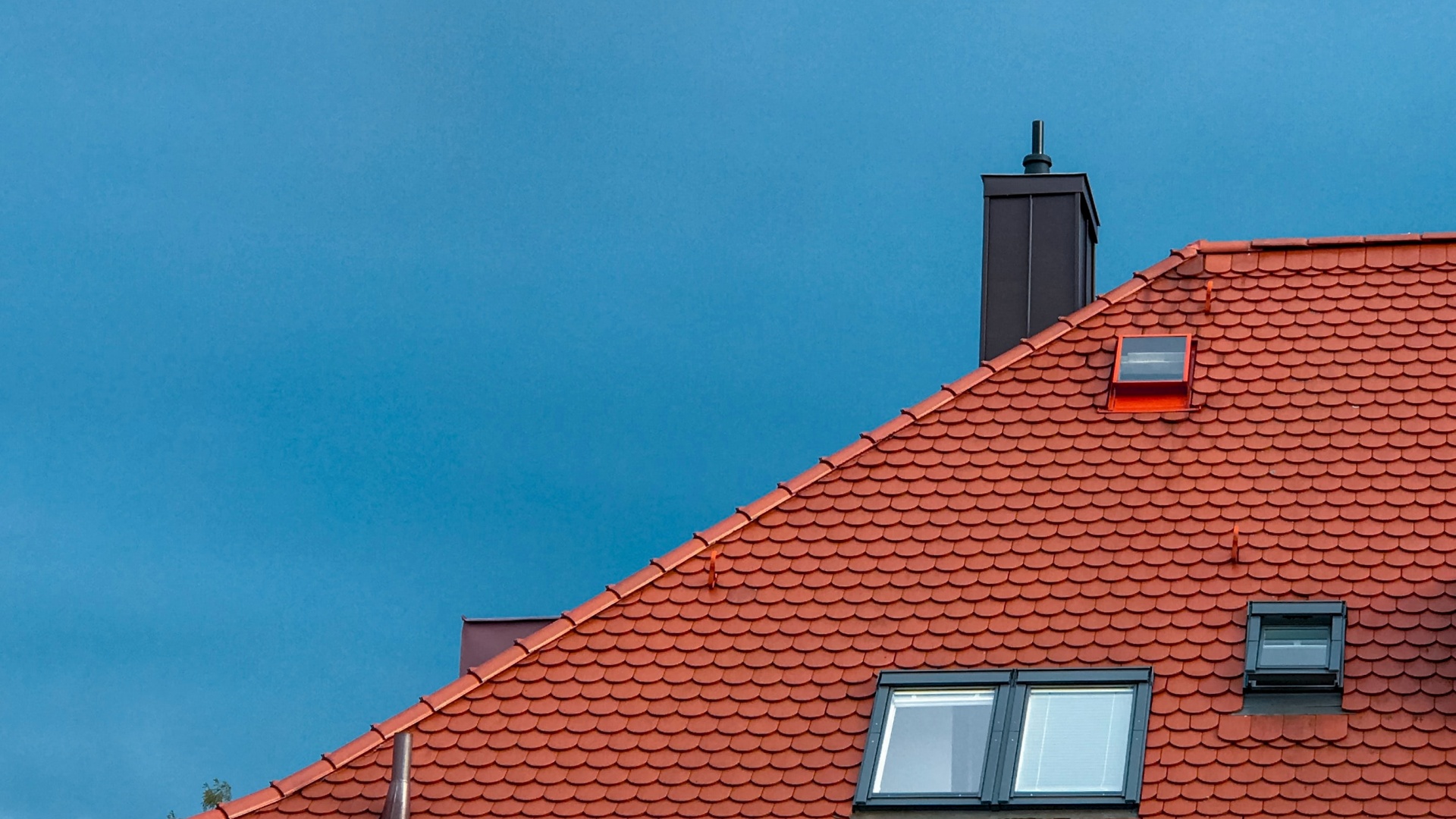You’re moving into a new house. You’ve been waiting for this day for weeks or even months.
Finally, the day has come. You’re ready to prepare a space to move in. You want to get moving. But wait!
There are some things that you need to do before moving. You need to set up house utilities, like electricity, the internet, water/sewerage, gas…the list goes on.
Are you wondering how to initiate this process? We’re here to help. In this post, we will address preparing to move by setting up your residential utilities.
Preparing for Utility Setup
Before starting the setup process, getting all the information you need and planning is essential. Start by making a list of the services you need for your home, such as electricity, water, gas, internet, and cable or satellite TV.
Research utility companies in your area. Find out your choices and compare prices, reliability, and reviews from other customers.
Next, decide when you will move in and call the utility companies well ahead of time. It’s best to let the companies know at least a few weeks before you move in to make sure everything is set up on time.
Make a list of all the papers you’ll need, like proof of identity, proof of residency, and lease or ownership documents. You’ll probably need these during the setup process.
Power Up Your Electricity
Setting up residential utilities often begins with electricity. Typically, you will be required to contact the electric company in your area and provide information.
If you are planning to use solar energy, you must book an appointment to get an estimate on solar systems. Afterward, the electric company will set up your account and send you the necessary paperwork and installation materials.
If you are setting up a new home, you will need to schedule a time for the electric company to come and install the necessary lines and meters. You may also need to pay specific fees for setup and installation. Additionally, confirm with the electric company when they will begin providing electricity to your residence to get the most out of your account.
Hooking Up Your Water Supply
Once you have established the location of your property’s water meter, you will need to connect your water supply to your property. This involves obtaining the necessary pipes, fittings, and an appropriate connection kit.
Start by turning off the water main to prevent water from flowing out when connections are made. Then, cut the existing supply pipe and connect the new intake pipes. Be sure to join the pipes with a solder, compression fitting, or a special connector.
Once all the connections have been made, turn the water main back on and check for leaking pipes. If there are no leaking pipes, you may now fill out the system and check for further issues by running all the taps.
The entire process should take about an hour, depending on the complexity of the connection process. You may continue installing your home utilities with the water supply now connected.
Check Your Sewage
When checking your sewage, it is essential to consider the distance from your home to the sewage treatment facility. Ensure you have good access to the outside for the main pipeline and that your house is built above the existing sewage line.
Before you can begin the installation process, you will need to check with your local municipality or local council to confirm that you comply with any local codes or regulations. Call a professional to get their opinion on the site.
You will need to check for any existing utility lines and ensure your line is correctly connected to the sewage system. After everything is set up, you will need to pay the local sewage authority for your connection. Finally, you will need to test your line to ensure it works properly.
Fire Up the Gas
You’ll need to contact a local gas company to arrange for service. Once you reach out to the company, you must provide them with your address and some identification.
The gas company will request a deposit to secure your account and confirm the service. After processing the deposit, a technician can connect the gas line to your residence. Your gas provider will install and inspect the gas lines and provide the necessary safety precautions.
This entire process can take a few days, but you will be reminded when the gas is ready to use. Never attempt to do the work yourself. Always leave it to the professionals.
You’ll also likely have to sign an agreement with the gas company, so take some time to read it thoroughly. Once that’s done, you are ready to go!
Connect to the Internet
Setting up residential internet can be as easy as plugging in a modem and signing up for a service plan. The first step is to contact a home internet provider who offers residential internet services, such as a cable, DSL, or fiber-optic provider.
Once the service plan is selected, the customer can either install the modem and activate the service themselves or have it professionally installed by the provider. After the modem is hooked up, customers can connect other devices, such as computers, tablets, and TVs. WiFi can also be used to access the internet.
Finally, customers may need to provide additional information, such as payment information and personal data, before the service is fully active. All in all, setting up residential internet requires just a few steps and can be quickly done within 30 minutes or less.
Set Up Your Residential Utilities Today
Setting up your residential utilities need not be a daunting task. By taking some time to educate yourself on the process and following the company’s instructions for turning on the utilities, your home can seamlessly transition from one set of utilities to the other.
You can look forward to the comfort and ease of your services and the peace of mind of knowing your home is working. Get started right away by calling your utility company!
For more great tips, visit our blog often!











